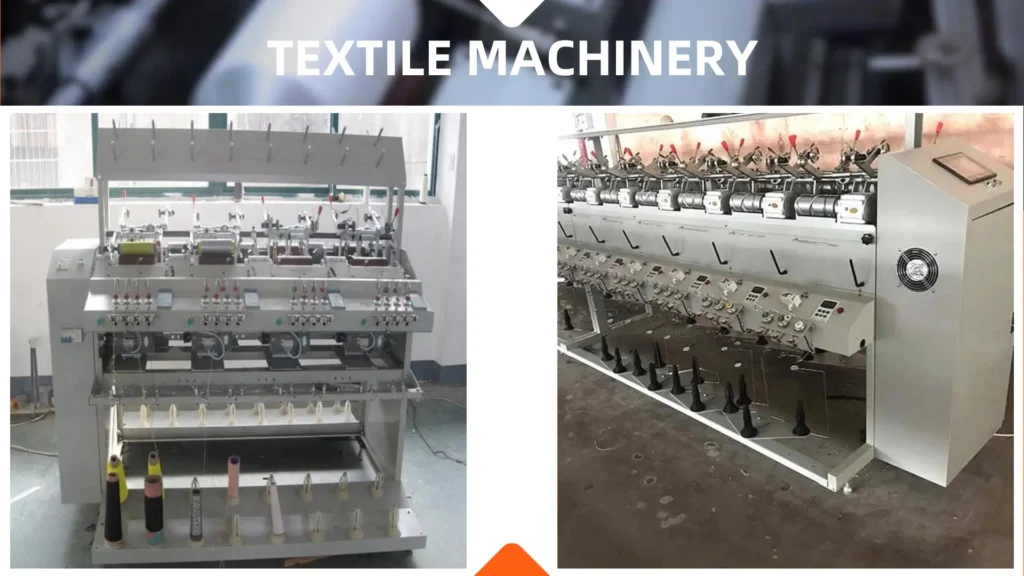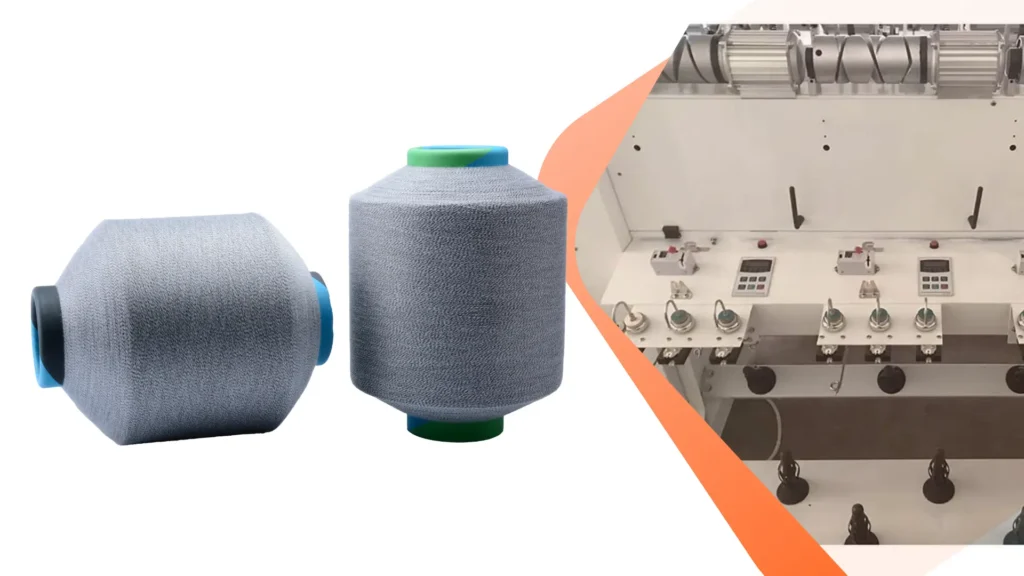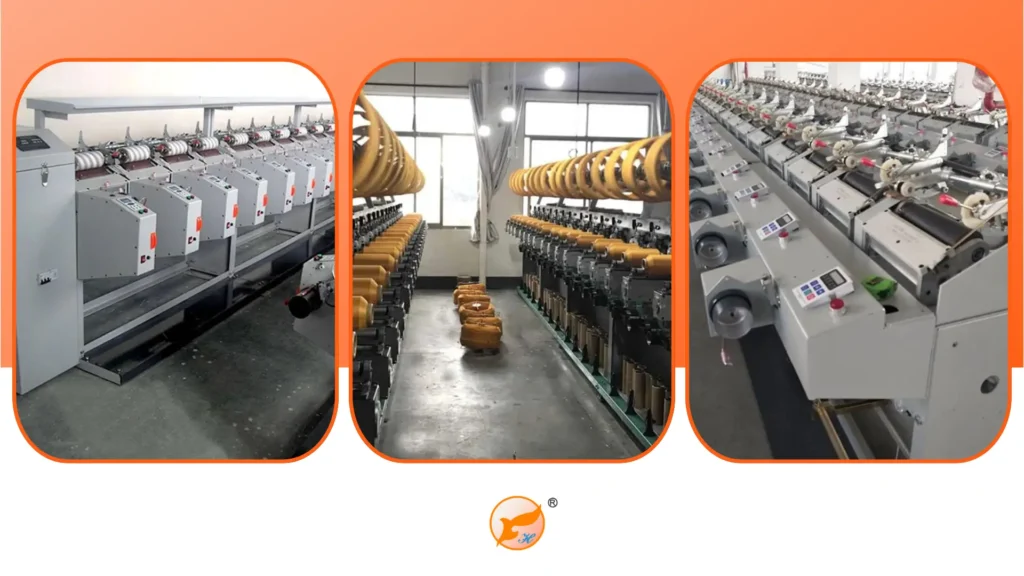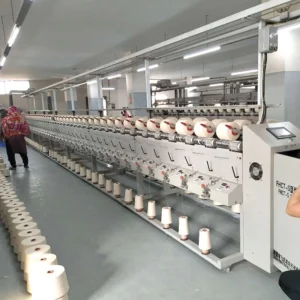The textile industry is a significant contributor to global carbon emissions.
As awareness of climate change grows, the push for carbon neutrality has become more critical than ever.
This article explores practical ways the textile industry can reduce its carbon footprint and move towards a sustainable future.
What Are the Key Steps to Reduce Carbon Emissions?
Implementing Energy Efficiency Measures
Improving energy efficiency in manufacturing processes can significantly lower carbon emissions.
This involves upgrading machinery to more efficient models that consume less power and optimizing production lines to minimize energy waste.
For example, installing energy-saving motors and LED lighting can contribute to overall reductions in energy consumption.
Companies can also conduct energy audits to identify areas for improvement, ensuring that energy use is aligned with production needs.
Transitioning to Renewable Energy Sources
Shifting to renewable energy sources, such as solar or wind, can drastically reduce reliance on fossil fuels.
By investing in renewable energy, textile companies not only contribute to a cleaner environment but can also stabilize their energy costs over time.
Additionally, many governments offer incentives for businesses that implement renewable energy solutions, making this transition economically viable.
For instance, solar panels can be installed on factory roofs, allowing companies to generate their own power while reducing emissions.
Conducting Regular Carbon Audits
Conducting regular carbon audits helps companies identify their emissions sources.
This systematic evaluation provides insights into where carbon emissions are generated, from raw material sourcing to manufacturing processes and distribution.
By understanding these sources, companies can establish effective reduction strategies tailored to their specific operations.
Regular audits also allow businesses to track progress over time, ensuring that sustainability goals are met and adjusted as needed.
And More:
- How Can Textile Factories Reduce Their Carbon Footprint?
- How Automation Equipment Facilitates Green Textile Production
How Can Sustainable Materials Help Achieve Carbon Neutrality?
Sourcing Eco-Friendly Fabrics
Using materials such as organic cotton, Tencel, or recycled polyester can lower the carbon footprint of textiles.
These materials often require less energy and water to produce compared to conventional options, making them more sustainable choices.
By prioritizing eco-friendly fabrics, companies can not only reduce their environmental impact but also appeal to environmentally conscious consumers who are increasingly seeking sustainable products.
Encouraging Circular Fashion
Promoting a circular fashion model, where products are designed for longevity and recyclability, can minimize waste and emissions.
This approach encourages consumers to buy less and reuse more, which reduces the demand for new textiles and the associated carbon emissions from production.
Brands can engage in initiatives that educate consumers about the benefits of circularity, such as repair programs and take-back schemes that facilitate recycling.
Collaborating with Sustainable Suppliers
Partnering with suppliers who adhere to sustainable practices can further enhance a brand’s commitment to carbon neutrality.
This collaboration ensures that materials are sourced responsibly, reducing overall emissions across the supply chain.
By working with suppliers who prioritize sustainability, companies can create a more transparent and ethical sourcing process, fostering trust and loyalty among consumers who value eco-conscious practices.
What Role Does Technology Play in Carbon Reduction?
Utilizing Automation in Production
Automation can streamline manufacturing processes, reducing energy consumption and waste.
By optimizing workflows through automated systems, companies can enhance efficiency and lower their carbon footprint.
For example, automated cutting machines can minimize fabric waste during production, while smart sensors can monitor machinery performance to ensure optimal energy use.
Automation not only increases productivity but also supports sustainability goals.
Adopting Digital Tools for Design and Production
Digital tools, such as 3D modeling and virtual sampling, minimize the need for physical prototypes, thus saving materials and energy.
This technology allows designers to visualize and test their ideas without producing multiple samples, reducing waste significantly.
Additionally, digital platforms can facilitate collaboration among teams, streamlining the design process and enhancing innovation while maintaining sustainability.
Implementing Supply Chain Management Software
Supply chain management software can optimize logistics and transportation, reducing carbon emissions associated with product delivery.
This technology enables companies to track shipments, manage inventory levels, and plan more efficient routes.
By minimizing transportation distances and consolidating shipments, businesses can lower fuel consumption and associated emissions, contributing to their overall carbon neutrality efforts.
How Can Waste Management Practices Contribute to Carbon Neutrality?
Establishing Recycling Programs
Implementing recycling programs within production facilities can significantly reduce waste.
By recycling materials such as fabric scraps and packaging, companies can lower their carbon emissions and promote sustainability.
These programs can be extended to consumers through take-back initiatives, encouraging customers to return used products for recycling or repurposing.
This not only reduces landfill waste but also supports a circular economy.
Reducing Water Waste
Efficient water management practices minimize waste during production.
Technologies such as closed-loop systems allow for water recycling, which conserves resources and reduces emissions associated with water treatment.
By carefully managing water usage and implementing best practices, companies can significantly decrease their environmental impact and contribute to carbon neutrality.
Encouraging Upcycling and Repair
Promoting upcycling and repair initiatives can extend the life of textiles, reducing the need for new production.
By encouraging consumers to repurpose or repair their clothing, brands can lower their carbon emissions and decrease waste.
Providing repair services or DIY resources empowers customers to engage in sustainable practices, fostering a culture of sustainability within the fashion industry.
What Impact Does Transportation Have on Carbon Emissions?
Optimizing Logistics and Distribution
Streamlining logistics can reduce the carbon footprint associated with transporting goods.
By optimizing routes and consolidating shipments, companies can decrease fuel consumption and emissions from transportation.
Implementing technology to track shipments and analyze transportation data can lead to more efficient logistics strategies, ultimately supporting carbon neutrality goals.
Choosing Local Suppliers
Sourcing materials from local suppliers can drastically reduce transportation-related emissions.
By shortening the supply chain, companies can minimize the distance products travel, leading to lower carbon footprints.
Supporting local economies also reinforces community ties and enhances brand reputation among consumers who prioritize regional products.
Utilizing Eco-Friendly Transportation Methods
Adopting eco-friendly transportation options, such as electric vehicles or rail systems, can further decrease carbon emissions.
Transitioning to greener transportation methods helps reduce reliance on fossil fuels and demonstrates a company’s commitment to sustainability.
Collaborating with logistics partners who prioritize eco-friendly practices can amplify these efforts, leading to a more sustainable transportation network.
How Can Consumer Education Foster Carbon Neutrality?
Raising Awareness of Sustainable Practices
Educating consumers about sustainable choices can encourage them to support eco-friendly brands.
Awareness campaigns can drive demand for products that align with carbon neutrality goals.
By providing information on the environmental impact of textiles and promoting sustainable alternatives, brands can empower consumers to make informed decisions that contribute to a greener future.
Promoting Responsible Consumption
Encouraging consumers to make informed purchasing decisions can lead to a reduction in overconsumption.
By advocating for quality over quantity, brands can help decrease the overall carbon footprint associated with textile production.
Campaigns that highlight the benefits of investing in durable, sustainable products can shift consumer behavior toward more responsible consumption patterns.
Supporting Second-Hand Markets
Promoting second-hand shopping and clothing exchanges can extend the life of textiles.
This practice not only reduces waste but also minimizes the demand for new products, lowering emissions associated with production.
By collaborating with thrift stores and online resale platforms, brands can encourage consumers to choose second-hand options, supporting sustainable practices within the industry.
What Policies Can Support Carbon Neutrality in the Textile Industry?
Advocating for Sustainable Regulations
Supporting regulations that promote sustainability can drive industry-wide changes.
Policies encouraging the use of renewable energy and sustainable materials can help achieve carbon neutrality.
By engaging with policymakers and advocating for eco-friendly regulations, companies can contribute to a more sustainable future for the textile industry as a whole.
Collaborating with Industry Organizations
Engaging with industry organizations focused on sustainability can provide valuable resources and support.
These collaborations can help companies share best practices and drive collective efforts toward carbon neutrality.
Networking with peers and participating in industry initiatives can amplify sustainability efforts and foster innovation.
Committing to International Standards
Adopting international standards for sustainability can enhance credibility and accountability.
Committing to recognized frameworks demonstrates a brand’s dedication to reducing its carbon footprint.
By aligning with global standards, companies can showcase their commitment to sustainability, appealing to consumers who prioritize ethical practices.
What Are the Economic Benefits of Achieving Carbon Neutrality?
Cost Savings Through Efficiency
Implementing energy-efficient practices can lead to significant cost savings.
Reduced energy and material waste directly contribute to lower operational costs, allowing companies to reinvest those savings into sustainable initiatives.
Long-term savings from efficiency measures can offset initial investments in green technologies.
Enhanced Brand Reputation
Companies committed to carbon neutrality often enjoy a stronger brand reputation.
Consumers are increasingly favoring brands that prioritize sustainability, leading to increased loyalty and sales.
By positioning themselves as eco-conscious leaders, companies can differentiate themselves in a crowded market, attracting environmentally-aware customers.
Access to New Markets
As sustainability becomes a priority globally, companies that achieve carbon neutrality can tap into new markets.
This access can drive growth and expand customer bases, particularly among consumers who prioritize eco-friendly products.
By aligning with consumer values, companies can create new opportunities for revenue while contributing to a more sustainable economy.
Conclusion
Achieving carbon neutrality in the textile industry is a multifaceted challenge that requires commitment and innovation.
By implementing energy-efficient practices, sourcing sustainable materials, leveraging technology, managing waste effectively, optimizing transportation, educating consumers, supporting sustainable policies, and recognizing economic benefits, the industry can make significant strides toward a greener future.
Embracing these strategies not only contributes to environmental sustainability but also positions companies for long-term success in a rapidly evolving marketplace.
Through concerted efforts, the textile industry can lead the way in combating climate change and fostering a sustainable future.












